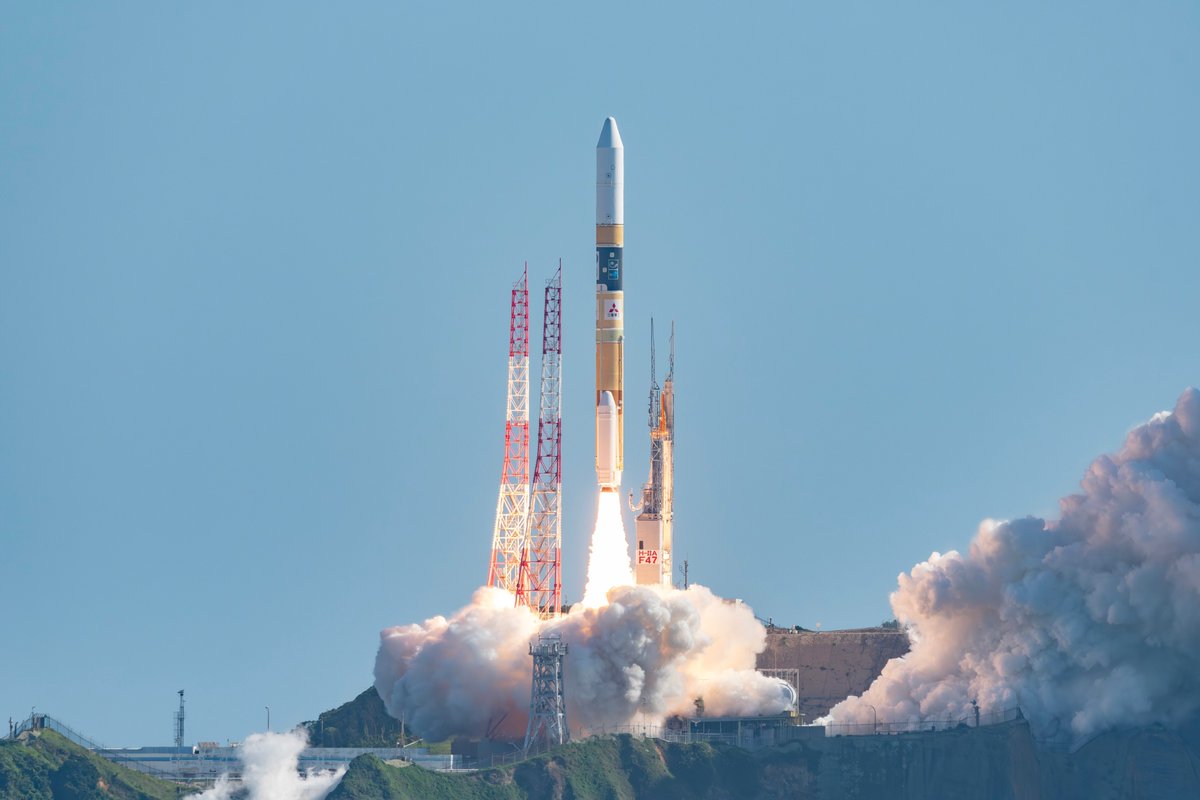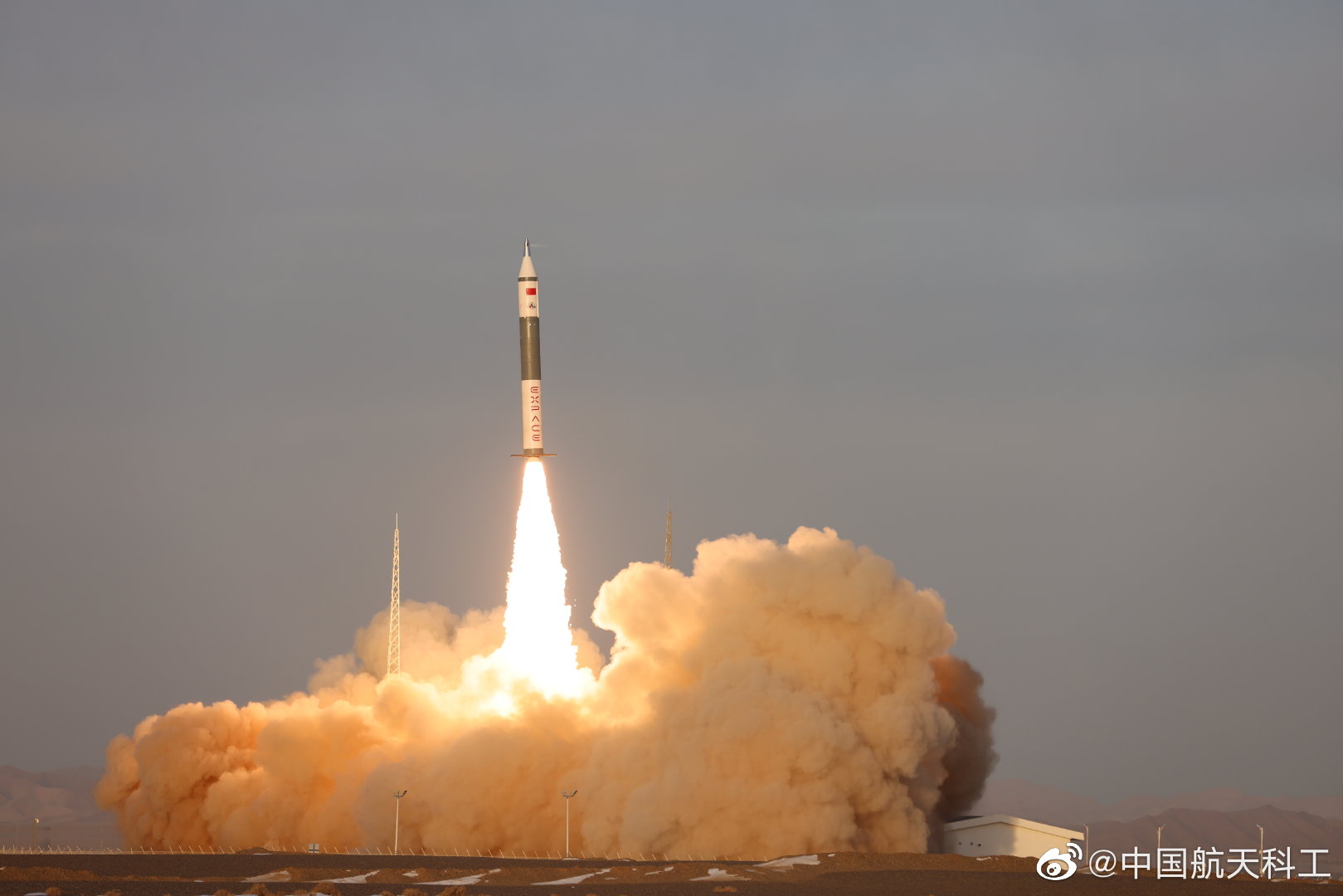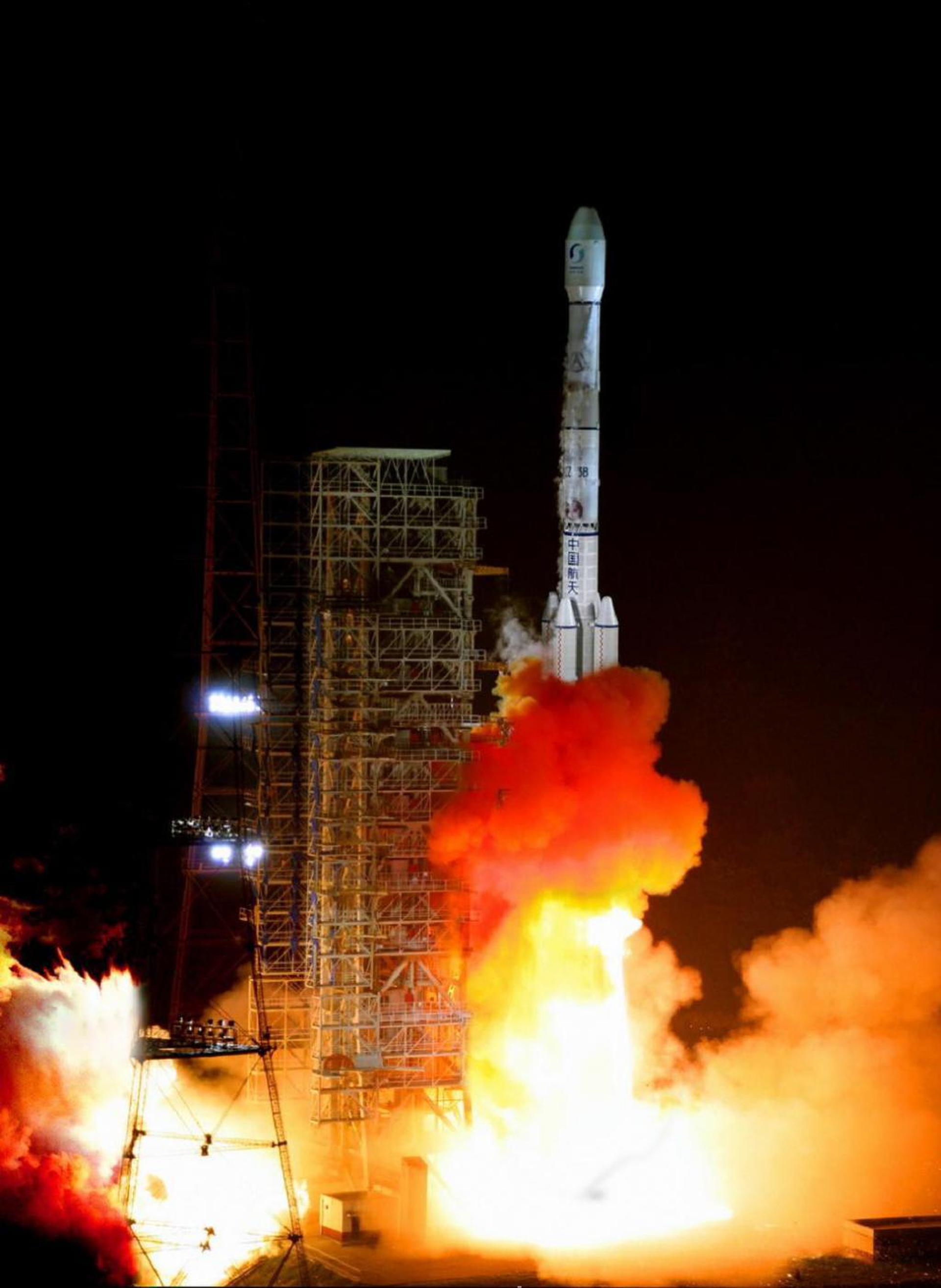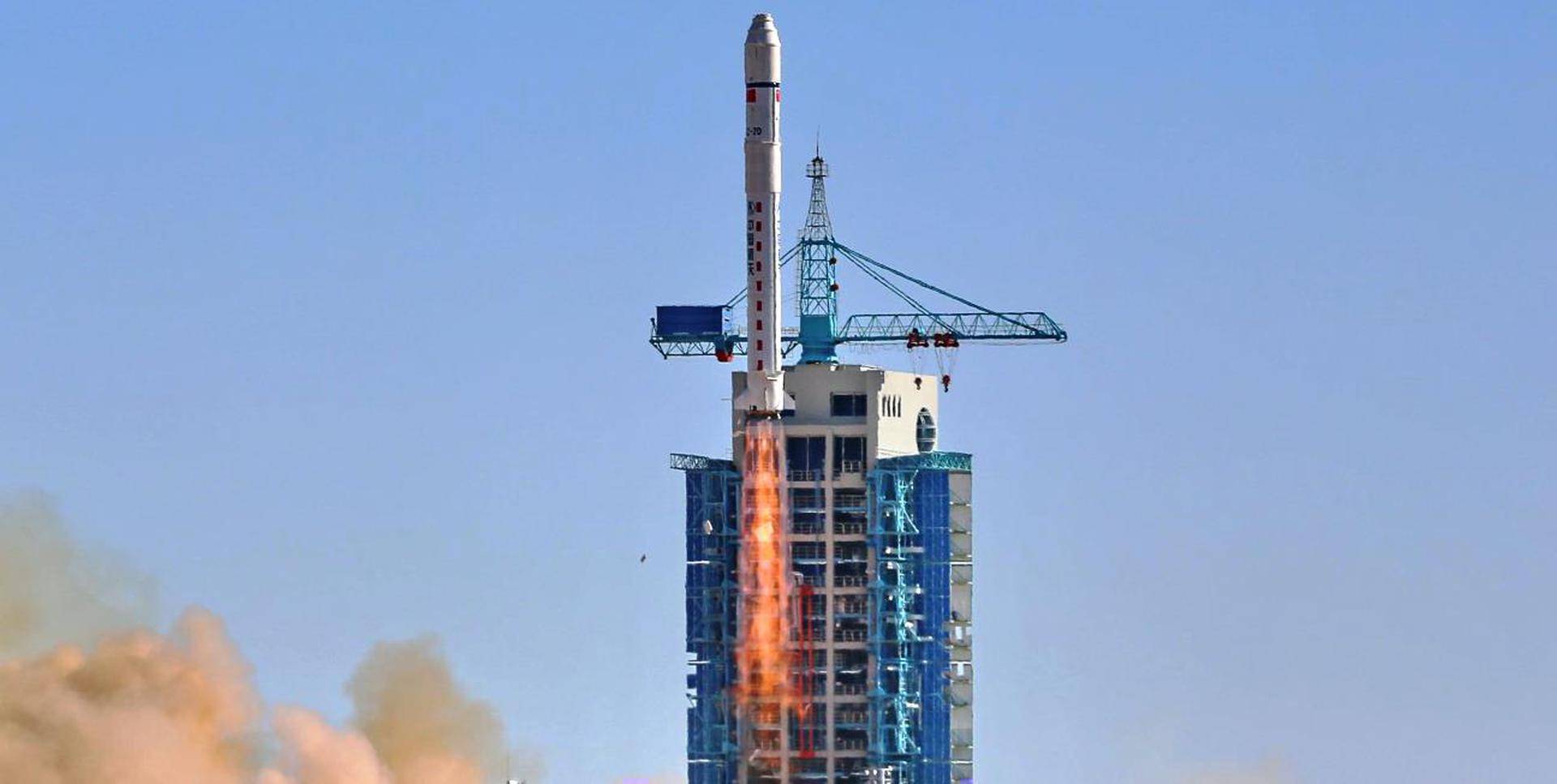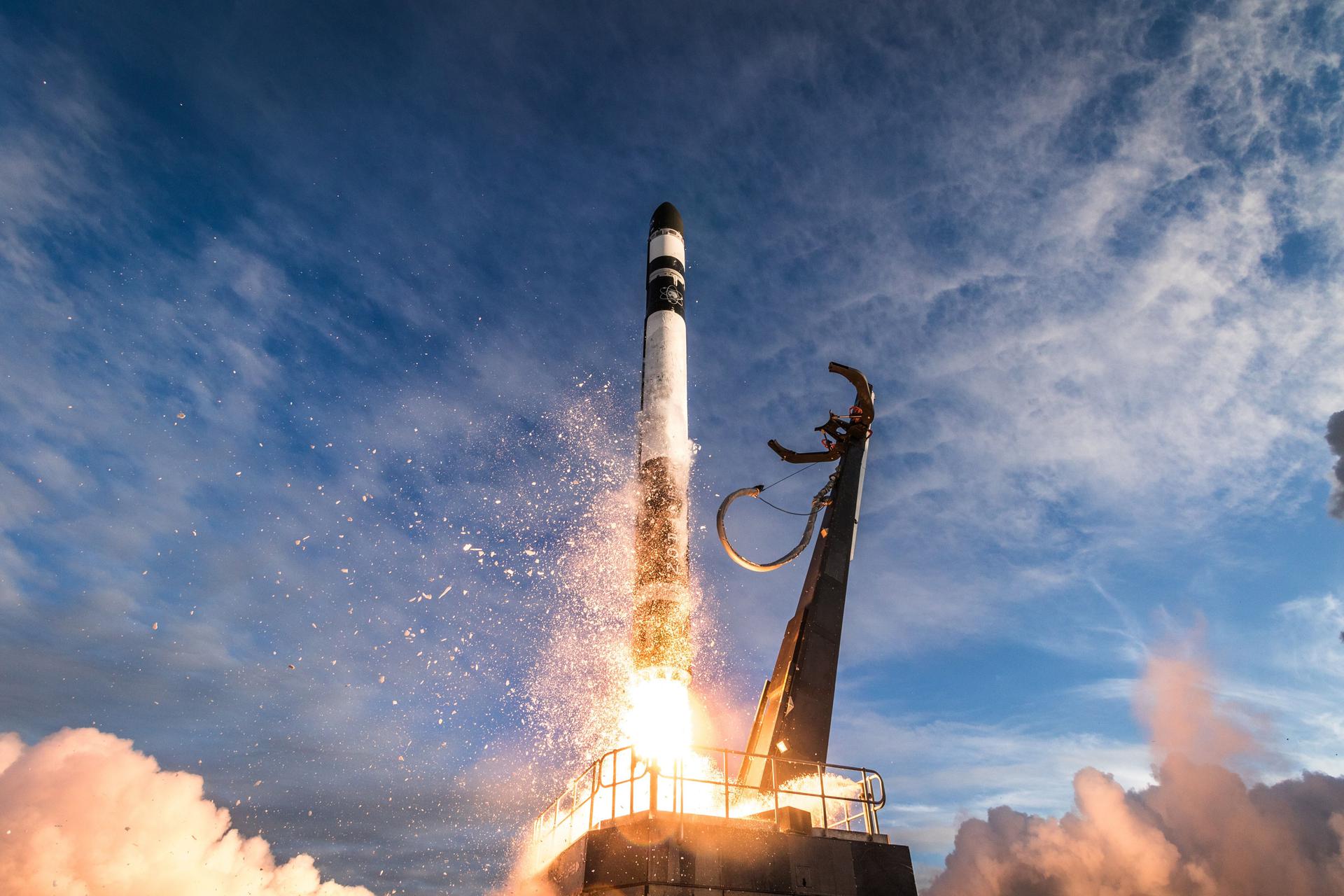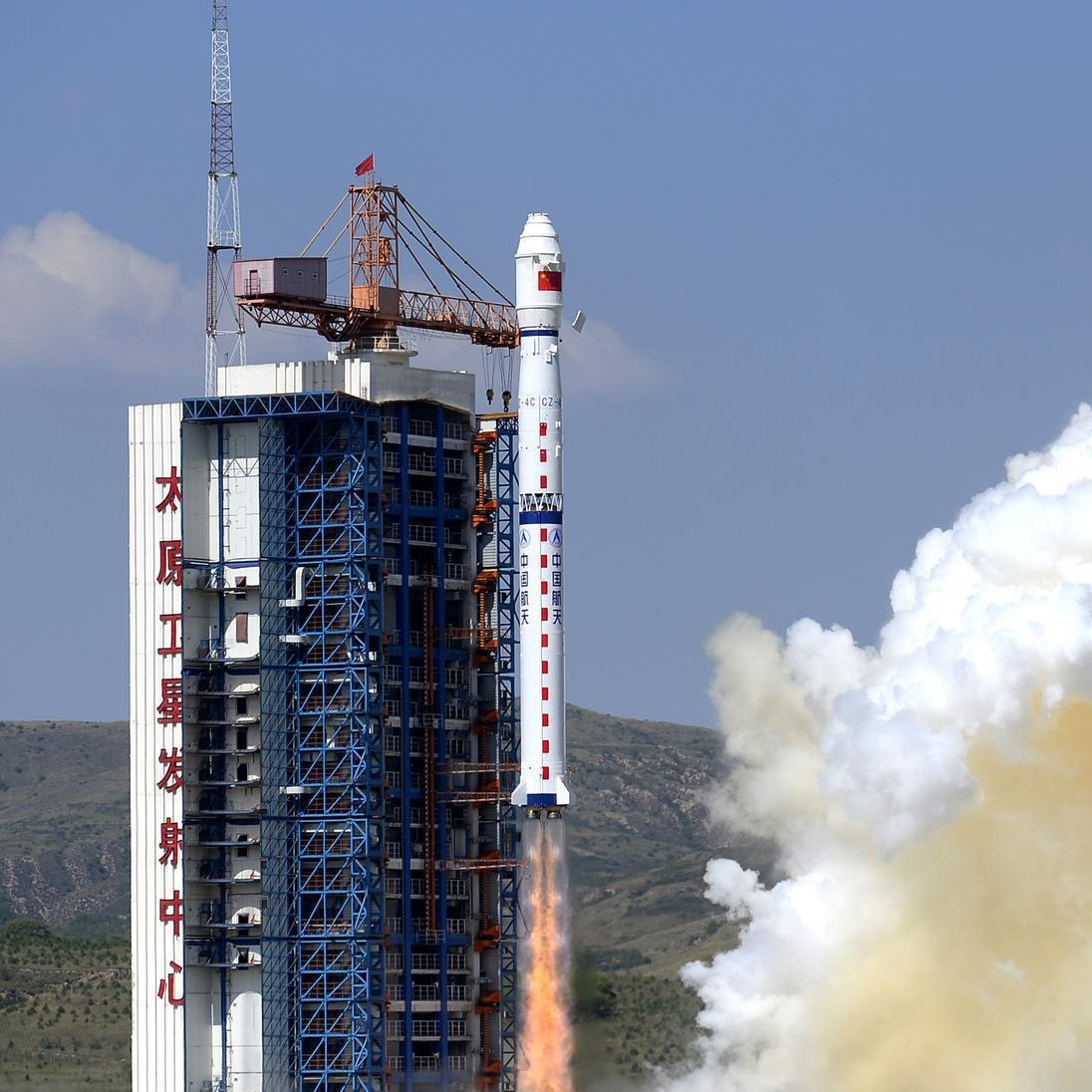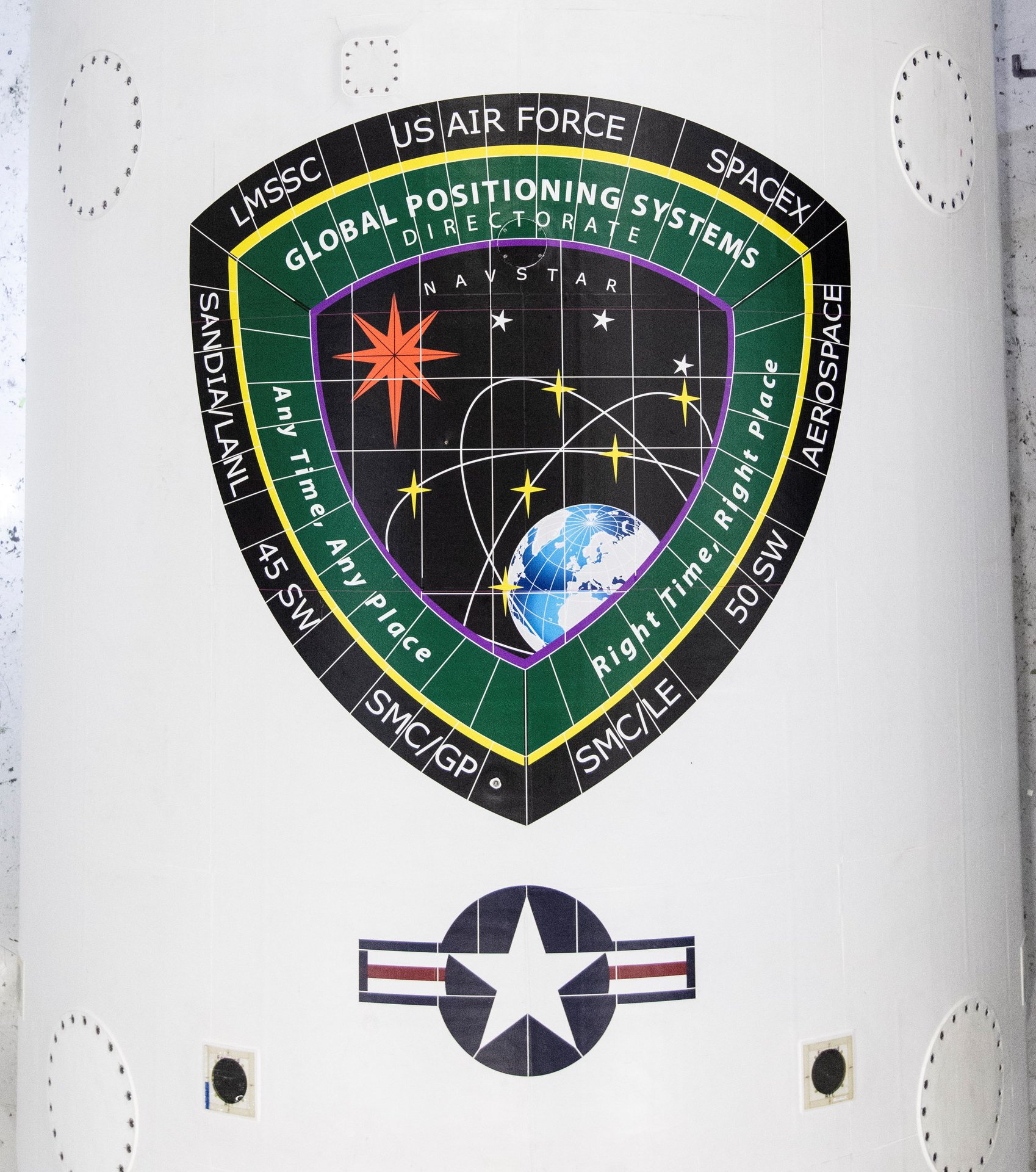Previous Spaceflight Launches
Filter by Agency, Locations or Vehicles
Show All LaunchesH-IIA 202 | Hope (Emirates Mars Mission)
Mitsubishi Heavy Industries | JapanTanegashima Space Center, Japan
July 19, 2020, 9:58 p.m.
Status: Launch Successful
Mission:
Hope Mars Mission, also known as Al-Amal, is UAE's first interplanetary space probe. It's an orbiter which will study Martian atmosphere and climate with the help of 3 science instruments: Emirates Exploration imager (EXI), Emirates Mars Ultraviolet Spectrometer (EMUS), and Emirates Mars Infrared Spectrometer (EMIR). These instruments were designed and built in collaboration with University of Colorado, University of California and Arizona State University. Hope is planned to arrive to Mars in February 2021 and has an expected lifetime of 2 years.
Heliocentric N/AMinotaur IV | NROL-129
Orbital ATK | United States of AmericaWallops Flight Facility, Virginia, USA
July 15, 2020, 1:46 p.m.
Kuaizhou-11 | Maiden Flight
ExPace | ChinaJiuquan Satellite Launch Center, People's Republic of China
July 10, 2020, 4:17 a.m.
Long March 3B/E | APStar-6D
China Aerospace Science and Technology Corporation | ChinaXichang Satellite Launch Center, People's Republic of China
July 9, 2020, 12:11 p.m.
Status: Launch Successful
Mission:
APStar-6D is a commercial communications satellite for APT Satellite Company Ltd under an end-to-end contract signed with China Great Wall Industry Corp. (CGWIC) for satellite production and launch services. It will deliver VSAT, video distribution, Direct-to-home television and cellular backhaul to the Asia-Pacific Region.
Geostationary Transfer OrbitShavit-2 | Ofek-16
Israel Aerospace Industries | IsraelPalmachim Airbase, State of Israel
July 6, 2020, 1 a.m.
Long March 2D | Chuangxin 3A (02)
China Aerospace Science and Technology Corporation | ChinaJiuquan Satellite Launch Center, People's Republic of China
July 4, 2020, 11:44 p.m.
Electron | Pics Or It Didn’t Happen (Rideshare)
Rocket Lab | United States of AmericaRocket Lab Launch Complex 1, Mahia Peninsula, New Zealand
July 4, 2020, 9:19 p.m.
Status: Launch Failure
Mission:
‘Pics Or It Didn’t Happen’ is the 13th mission for Rocket Lab. It was planned to deploy seven imaging small satellites to a 500km circular low Earth orbit for a range of customers including Spaceflight Inc.’s customer Canon Electronics, as well as Planet and In-Space Missions.
Sun-Synchronous OrbitLong March 4B | Gaofen Multimode
China Aerospace Science and Technology Corporation | ChinaTaiyuan Satellite Launch Center, People's Republic of China
July 3, 2020, 3:10 a.m.
Status: Launch Successful
Mission:
Gaofen is a series of civilian Earth observation satellites developed and launched for the China High-definition Earth Observation System (CHEOS), a state-sponsored programme aimed to develop a near-real time, all-weather, global surveillance network consisting of satellite, near-space (stratosphere) airships, and aerial observation platforms.
Sun-Synchronous OrbitFalcon 9 Block 5 | GPS III SV03
SpaceX | United States of AmericaCape Canaveral SFS, FL, USA
June 30, 2020, 8:10 p.m.
Status: Launch Successful
Mission:
GPS-IIIA (Global Positioning System) is the first evolution stage of the third generation of the GPS satellites. It consists of the first ten (known as "tranche") of GPS III satellites.
Medium Earth Orbit B1060 - Maiden Flight Just Read the InstructionsSpaceShipTwo | VSS Unity GF09
Virgin Galactic | United States of AmericaAir launch to Suborbital flight
June 25, 2020, noon
